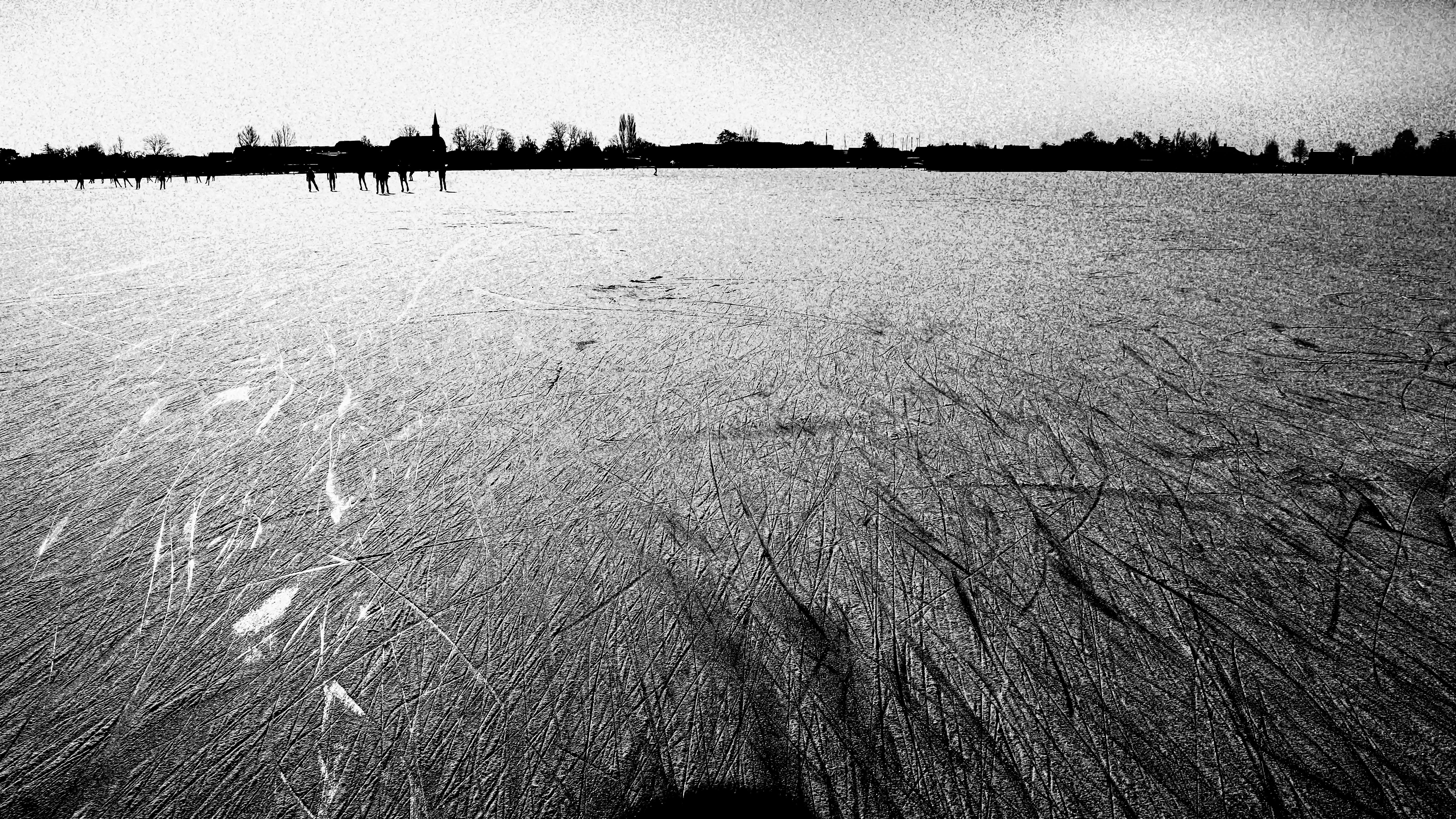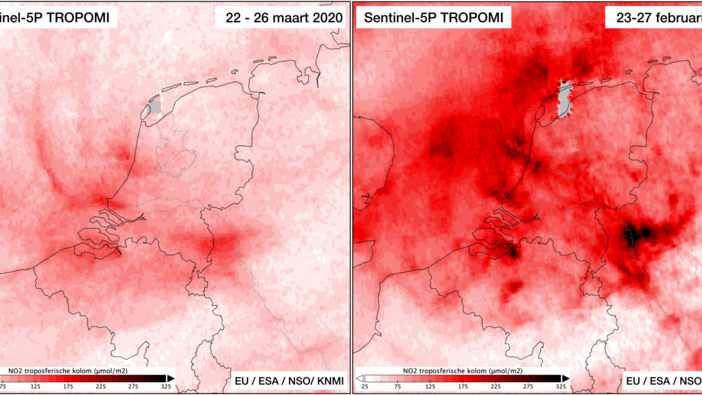So why is food waste such a big problem?
1. the Dutch food chain...
starts with 65000 farmers that produce food. The first link of the chain is formed by natural inputs such as water, energy, nutrients and animal feed. These include greenhouse growers, crop farmers and livestock farmers, but also food producers, breeders and raisers who supply feed and farm animals. 6500 food processors turn these outputs into semi-finished products, consumer products and ingredients. These are then sold to 1550 transporters, which in turn sell the products to 5 wholesale firms. These sell the products to 25 retail brands, after which they are distributed through 4850 supermarkets. From there, products eventually reach 7 million households, or 17 million consumers. Consumers also obtain food through other channels, such as farm sales or restaurants. The Netherlands is an important trading partner. Firstly, many of the inputs to farming and processing, such as soy, are imported. The Netherlands has a share of 7.5% in global agricultural export, second only to the US.
So to summarize, a lot of resources have to be used to produce food.
2. food waste...
is the share of food intended for human consumption, but not being used for that purpose. Roughly a third of the food produced worldwide is wasted, totaling 1.3 billion tons per year. For foods that are ultimately not eaten, the environmental impact has been for nothing. Although most countries have similar total wastages, the poorest countries waste the least. In rich countries more wastage takes place in supermarkets and with consumers, while in the poorest countries food waste occurs predominantly in the links from harvest to processing.
Moerman's ladder indicates how much value can still be extracted from food that is lost, with the rule; "the higher up the ladder, the better".
3. the Dutch consumer...
wastes most, with a share of between 30 and 50% in total food losses. This food is mainly burned as garbage, which creates very little value. Approximately 20% of total waste is reprocessed into animal feed. Of the 368 kilos of solid food that the average person buys annually, 66 kg are wasted. Of this, 47 kg (14%) is avoidable: mainly bread, fruit, veggies and potatoes that f.e. have passed their expiry date, were purchased in too large quantities or of which too much was prepared during cooking. 19 kg (5%) is unavoidable: husks and stalks, coffee and meat and fish leftovers that cannot be consumed. 9.5 million tonnes of food yearly is wasted, worth 4,4 billion euros.
4. environmental impact of organic waste
1. composting of biological and green waste generates about 0.15 kg CO2 eq/kg - much less than landfilling it.
2. incineration indicates that 2.15 kg CO2 eq/kg waste could be saved.
3. landfilling of organic waste generates about 2.75 kg CO2 eq/kg. If this waste could be used as fertilizer in agriculture this value reduces to about 0.005 CO2 eq/kg.
5% of global greenhouse gasses come from the decay of post-consumer organic waste.
If "food waste" were a country, it would be the #3 emitter of greenhouse gasses, just behing China and the US. 8% of global man-made greenhouse gasses comes from food waste.
Nearly 30% of all available agricultural land in the world - 1,4 billion hectares - is used for produced but uneaten food.
The global water footprint is 250 km3: the amount of water that flows annually through the Volga or 3 times Lake Geneva.
5. construction
Up to 30% of EU waste comes from construction. 60% raw materials are consumed by construction and operation of the built environment in the UK. Use of natural elements would trigger a different approach in construction by allowing a number of benefits respect to traditional material options by having lower CO2 content, reducing health risks and costs. It would reveal an opportunity to issues such as organic waste streams, that represent a costly problem in both economic and environmental terms.
6. value
When using organic waste to make construction materials the value increases 6 times. 1 tonne of waste could produce about 1000m3 of thin cladding boards.
7. landfill
When food waste enters the landfill, it's trapped. That is when it releases a harmful greenhouse gas called methane. Methane releases into our atmosphere, heating up our planet. Food waste globally creates 6 times more carbon emissions than flight and ground transportations. When this biodegradable waste is composted, it decomposes aerobically and does not produce methane, but produces organic compost that can be used in agriculture.
concept
Concluding from the research I had done, food waste has a huge deal on our planet. Lots of resources get used for nothing. Inspired by this research I wanted to do something useful with uneaten foods or scraps. Brainstorming I came to the idea to make construction material from food waste to make constructing building sustainable. But yeah, easier said than done. Where do you start?
mixed with wallpaper
I put this sample in the oven which made it very strong
oven sample
I have taken a break with experimenting, but will continue this process. I will continue using potato peels as they were very fitting to make construction material.
My goal is to eventually built a Tiny House from food waste material, where I will live in as a student.
Yes, dream big!
sourches


